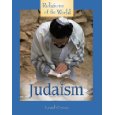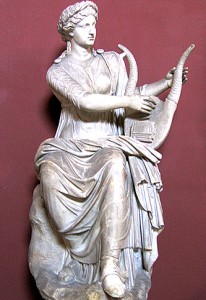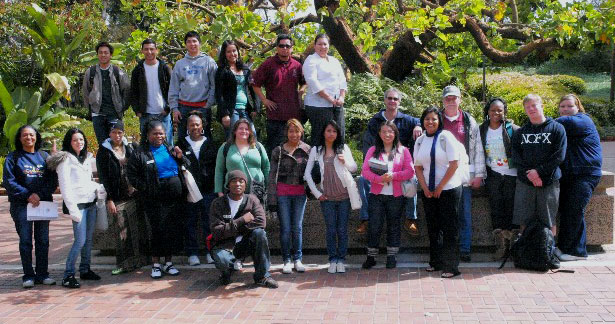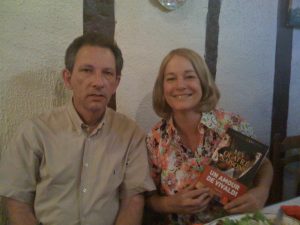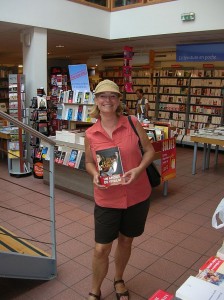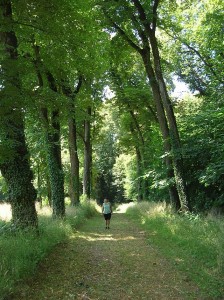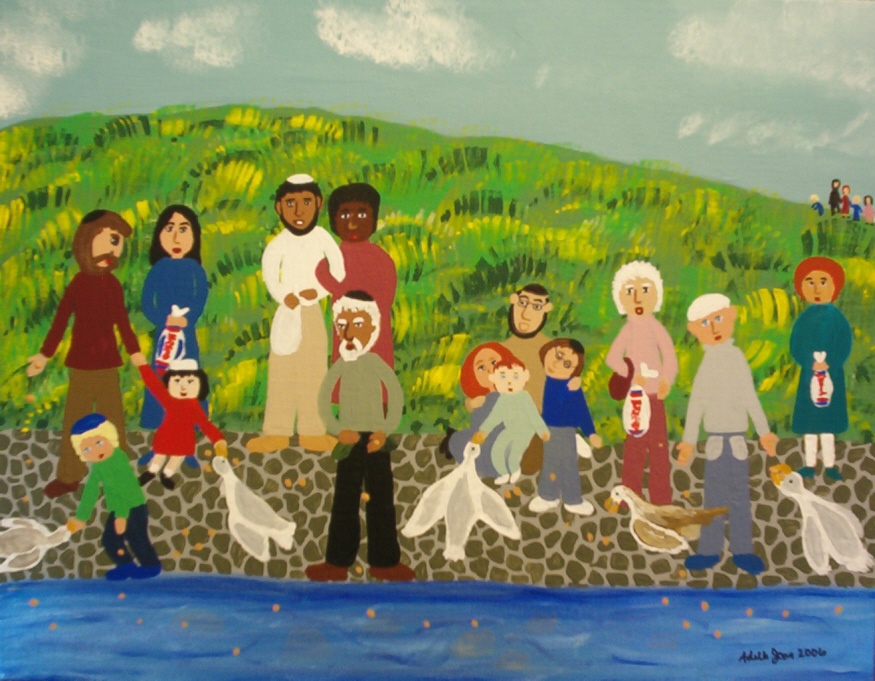 It’s mid-September, so what’s up with these greetings? My Jewish friends will understand the first. This weekend marks the Jewish New Year, Rosh Hashanah (“Head of the Year”). The High Holy Days, beginning with Rosh Hashanah and ending with Yom Kippur, are a time for reflection on the past year in a uniquely Jewish way.
It’s mid-September, so what’s up with these greetings? My Jewish friends will understand the first. This weekend marks the Jewish New Year, Rosh Hashanah (“Head of the Year”). The High Holy Days, beginning with Rosh Hashanah and ending with Yom Kippur, are a time for reflection on the past year in a uniquely Jewish way.
One important part of the process is a meditation known as Vidui. It’s essentially an inventory of all the ways a person can fall short of the mark. Though much of the prayer is focused on what is perceived as improper behavior toward God, there are also sections in which the focus is how we might have let ourselves and others down by not being the best person we can be.
The idea is to identify shortcomings and make amends if these have caused harm to others. Being sorry is not enough. One has to act on that sorrow with a genuine desire to heal the damage, directly if possible and indirectly if not, and then resolve to not fall short in that way again.
It’s a deeply moving process, if taken seriously. I have found in my own life that the High Holy Days have helped me come to grips with the unfinished business of the past, find a healthy and forward-looking resolution, and truly feel I can move on. Whether a believer of another faith or not, reviewing the Vidui for yourself can function as a form of self help–free therapy from an ancient rite! Those who want the secular take can scroll quickly through the rest.
So why is it Thanksgiving? This is more personal. There’s a ceremony on the first day of Rosh Hashanah called Tashlich, where Jews throw bread upon water as a way of casting aside the last year and moving into this period of renewal. I feel I keep a pretty close watch on myself year-round. I think I do a pretty good job of being mindful of the needs and feelings of others, and I do my best not to behave in a way that loads others down with burdens that rightfully I should carry. I’m pretty good about finding what requires atonement and doing it at the time. Since I’m not very good at coming up with a long list of things to repent, I use Tashlich a different way.
As I stand at the edge of the Pacific Ocean, I do my best to be grateful for something specific as I throw each morsel of bread. I’m grateful for friends and family; for meaningful work to do; for a comfortable standard of living; for opportunities to grow artistically, intellectually, and spiritually; for good health, and for so many other things. I give thanks, in essence, for the opportunities life provides me for happiness and the ability to move on from the things that stand in the way. May it always be so. Happy New Year!


